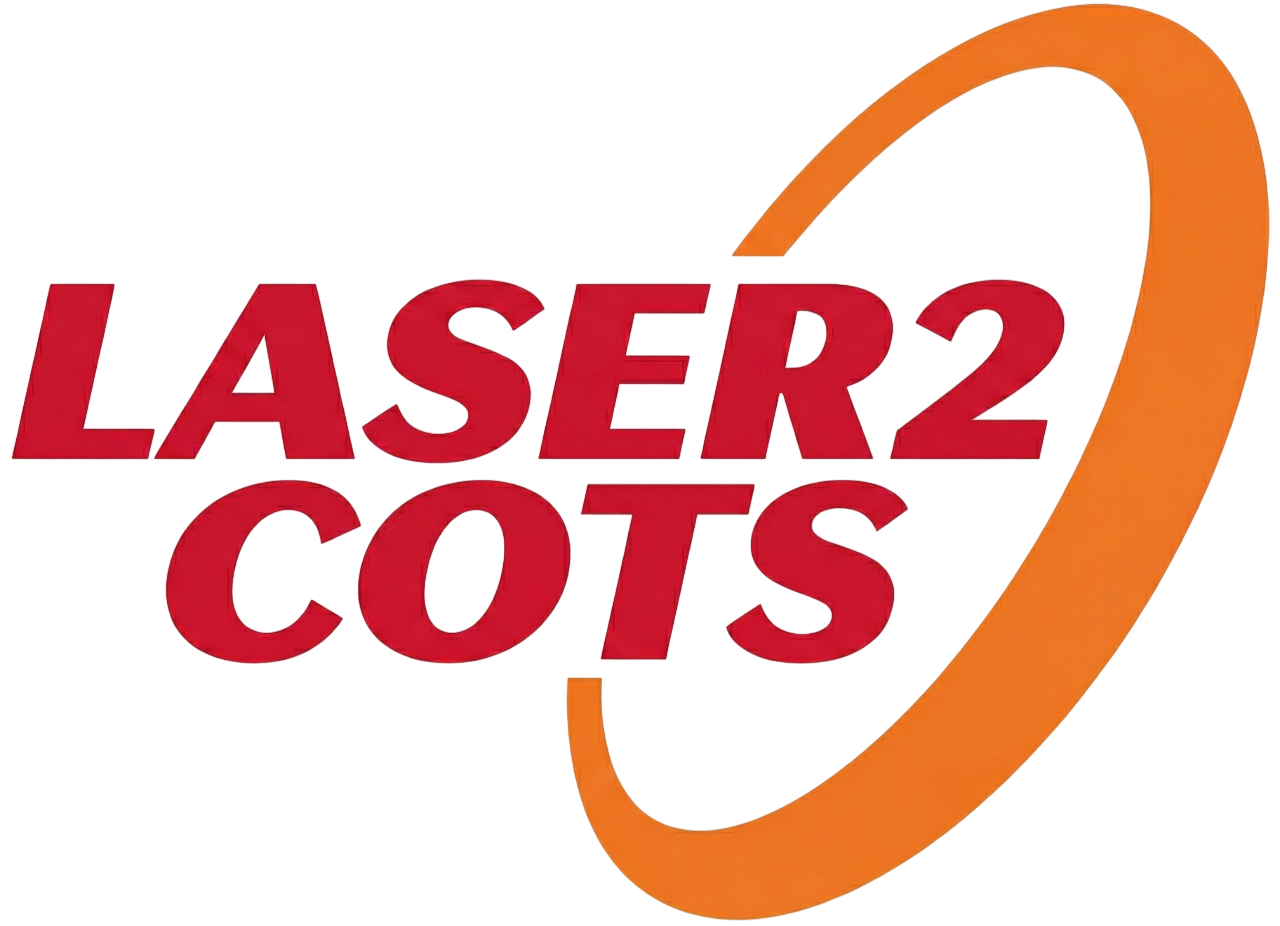TCAD - Synopsys
Synopsys TCAD is a widely used commercial software suite for simulating semiconductor device behavior and fabrication processes. It provides physics-based models to analyze radiation effects, including electron-hole pair generation, charge transport, and trap formation induced by energetic particles. The tool is especially effective for evaluating SEU/SET as a function of LET, as well as for modeling TID.
Using transient simulation, TCAD can model time-dependent current density, voltage transients, and parameter shifts in transistors, enabling quantitative predictions ahead of experimental SEE testing.
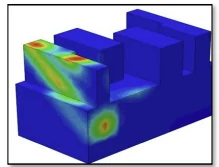
Synopsys - TCAD
Image Source: © Synopsys Inc. / SIMDET 2021 School Presentation (2021)
FLUKA - CERN, INFN
FLUKA is a general-purpose Monte Carlo code for precise modeling of particle transport and interactions with matter. Free for noncommercial use, it is employed in high-energy physics, medical physics, and space radiation research.
FLUKA excels in radiation-shielding analysis, dose estimation, energy-deposition tracking, and particle-shower modeling. It also supports DICOM-based 3D voxel geometries, making it suitable for complex space-radiation scenarios.
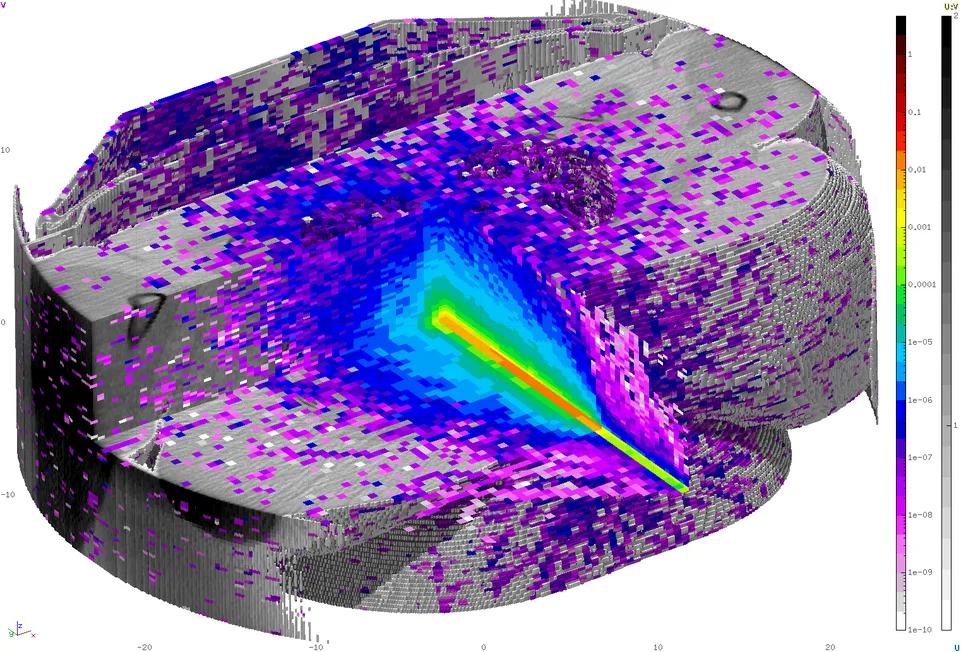
DICOM 3D voxel irradiation with 200 MeV proton beam
Image Source: CERN / flair.cern
Geant4 - CERN
Geant4 is an open-source C++ simulation toolkit developed at CERN for modeling particle interactions with matter. It offers highly configurable physics lists across a wide energy range.
Geant4 is widely used in medical imaging, radiotherapy, space-radiation analysis, and detector design. Users can customize experimental conditions and track secondary-particle paths, energy deposition, and charge generation. It is commonly used to model SEE in detectors and semiconductor devices.
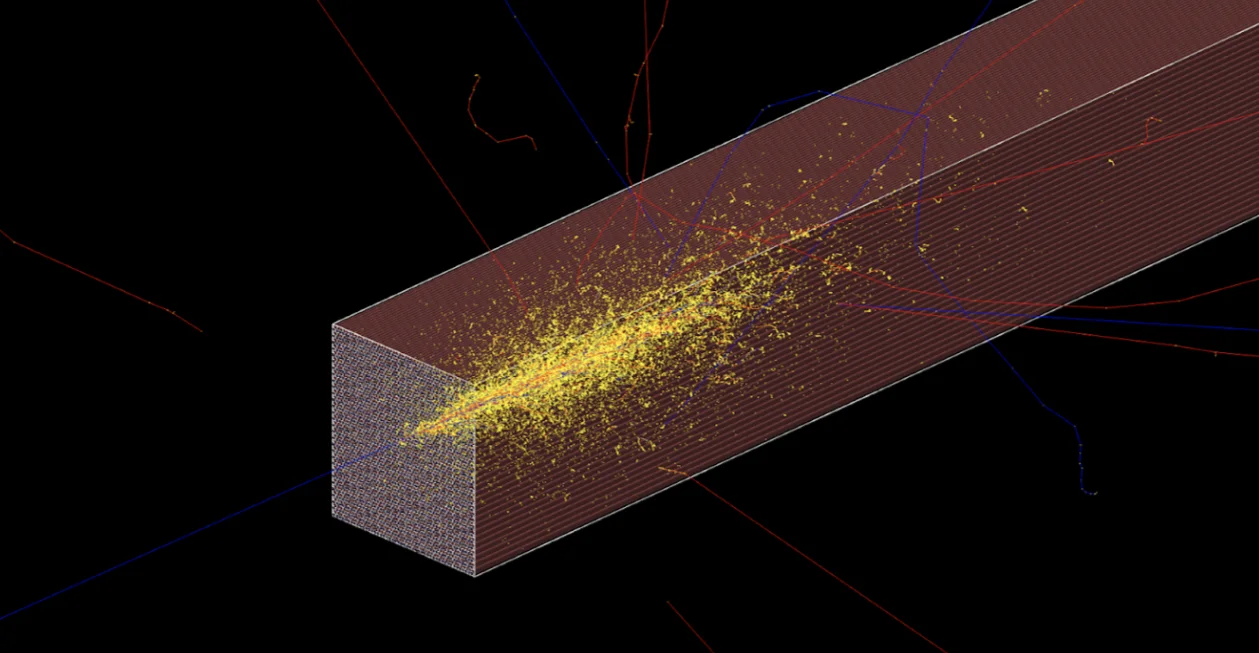
A 20-GeV positron-induced shower in a longitudinally unsegmented fiber calorimeter
Image Source: © CERN / EP News - https://ep-news.web.cern.ch
CHALICE - US Naval Research Laboratory
CHALICE is a pulsed-laser simulator developed by the U.S. Naval Research Laboratory (NRL) to compute 2D/3D charge-density distributions for laser-based SEE experiments.
Given laser parameters (wavelength, pulse width, absorption coefficients), CHALICE simulates charge deposition in sensitive volumes, carrier transport, and penetration depth. It also computes LETL (laser-equivalent LET), making it a useful tool for optical SEE modeling.
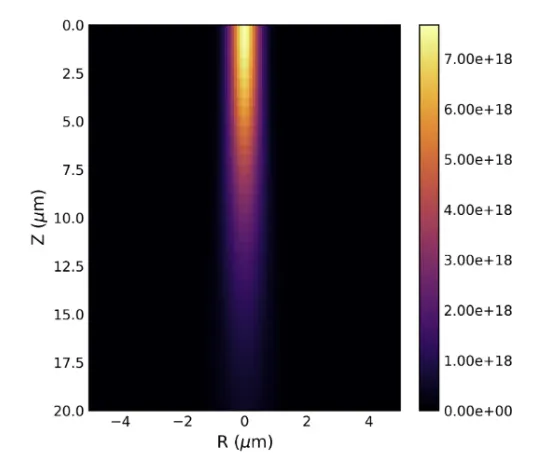
2D Carrier Density Distribution
Image Source: Chalice User Manual, Rev 1.0. nanoHUB.org, https://nanohub.org/resources/41038
OMERE - TRAD
OMERE is a freeware tool developed by TRAD (France) to estimate radiation environments and effects on semiconductor components in space. It supports SEE, TID, DD, and solar-cell degradation analysis based on modeled particle fluxes.
The platform includes environment models such as AE8/AP8 and CREME96, as well as ISO 15390, and lets users define mission parameters-orbit (LEO, MEO, GEO, lunar), solar cycle, magnetospheric region, and shielding-to simulate realistic space conditions. OMERE is widely used for radiation-reliability assessment and component screening.
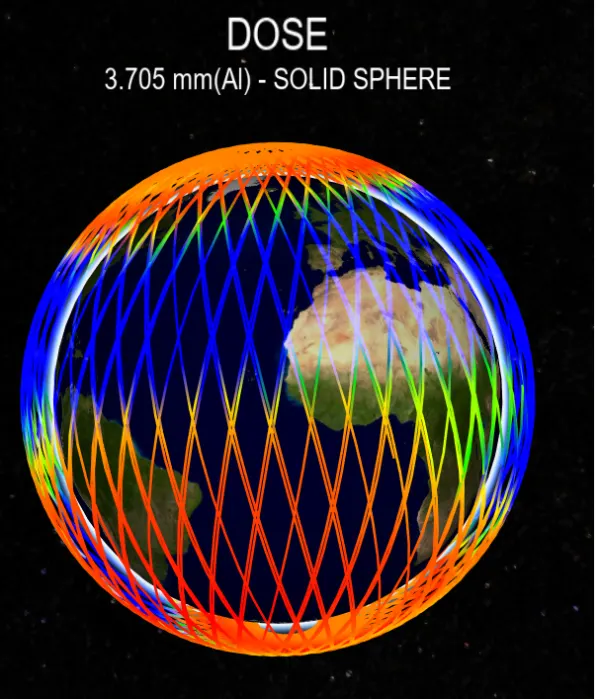
OMERE Simulation Interface
Image Source: TRAD / OMERE Documentation
Related Articles
- Single Event Latch-Up (SEL)
- How Was SEU Discovered? A Historical Insight into Radiation-Induced Failures in Electronic Circuits
- Energy Transfer Mechanisms of Ions
- Energy Transfer Mechanisms of Protons and Neutrons
- Energy Transfer Mechanisms of Electrons
- Energy Transfer Mechanisms of Photons
- Korean Radiation Test Facilities

